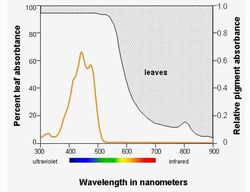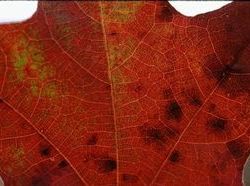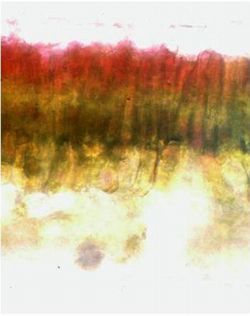You are here
The Process of Leaf Color Change
Leaves change color during the autumn because the amounts of pigments change as the leaves prepare to fall from the trees. All leaves gradually lose chlorophyll during the growing season, and this loss accelerates before leaf fall. Under optimal conditions this process of chlorophyll loss is very orderly and allows the plants to resorb much of the nitrogen in the structure of the pigment molecule. Carotenoid pigments are also lost from the plastids during aging, but some of them are retained in the plastids after the chlorophyll is removed; this produces autumn leaves with yellow colors. In unusual cases, sometimes in winterberry holly, a fair amount of chlorophyll is left in the leaves when they fall. Such leaves are a pale green in color, or perhaps yellow-green from the mixture of chlorophyll and carotenoids.
Most interesting are leaves that turn red, because this color is the result of the active synthesis of anthocyanin pigments just before the leaves fall from the trees. This is the most common color of autumn leaves; about 70 % of shrubs and trees at the Harvard Forest produce anthocyanins during the senescence of the leaves. In these leaves, the actual shades of red are the consequences of the amounts of anthocyanin, the retention of carotenoids (or even a little chlorophyll). Anthocyanin and chlorophyll produce brownish colors. Anthocyanins and carotenoids produce orange hues. In some plants the color production is quite uniform, as in hobblebush or blueberry. In other plants, leaves vary between individuals (as sugar maples) or even dramatically within an individual (as red maples), or even within a single leaf (red maples).
View Color Change in Red Oak or Witch Hazel
The Sequence of Changes in a Healthy Leaf
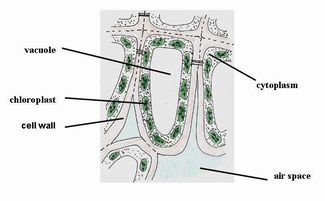
| -Chloroplasts lose chlorophylls -Anthocyanins made and move to vacuoles | -Chlorophylls broken down -Anthocyanins increase in concentration -Carotenoids left in chloroplasts -Lower cells still with chloroplasts | -Chlorophylls break down to reveal remaining carotenoids -No anthrocyanin produced |
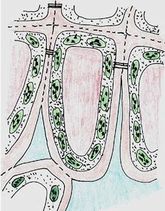 | 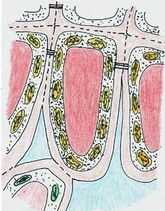 |  |
Color Change in Red Oak
Color Change in Witch Hazel

